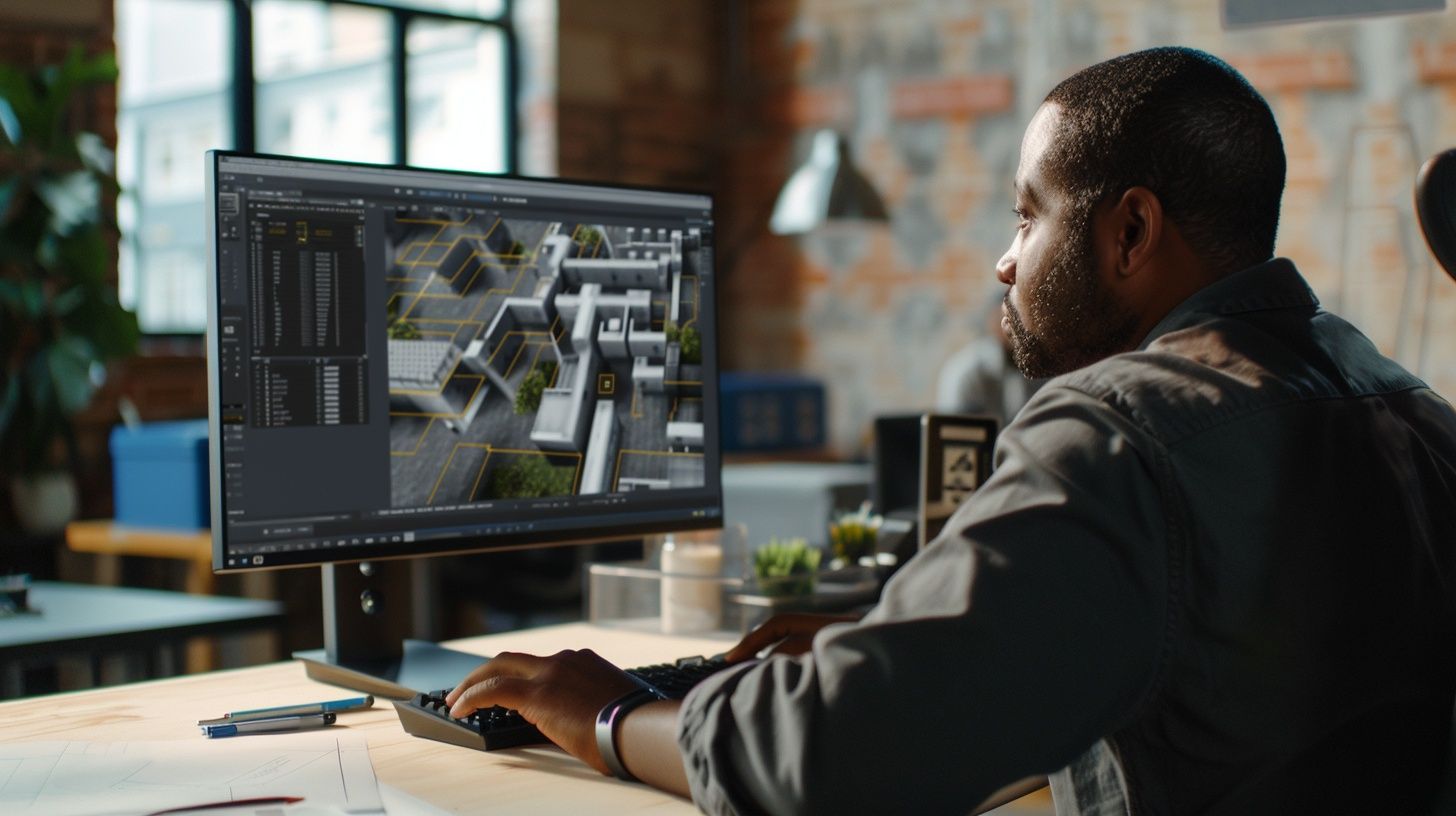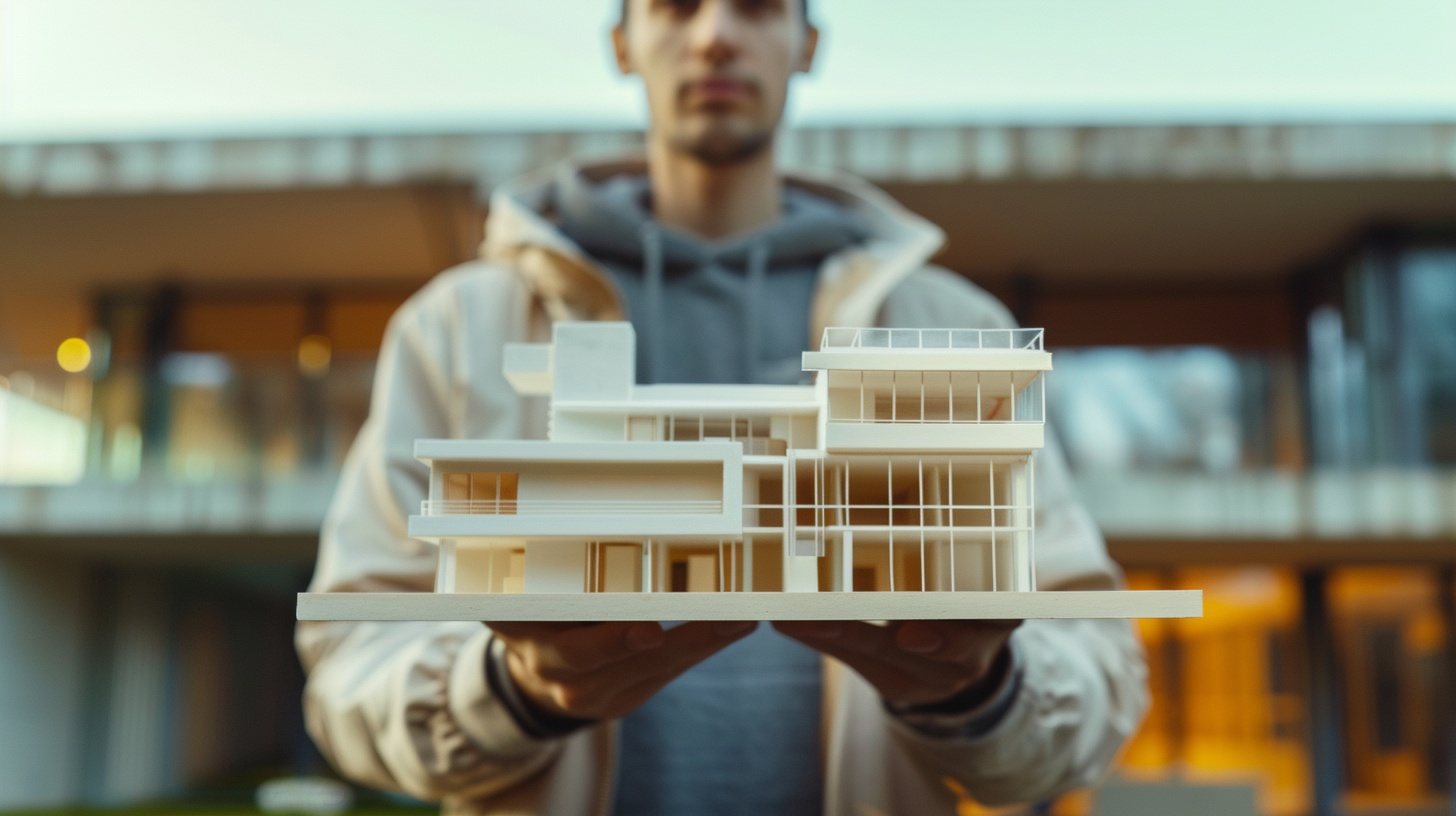
Top Trends Shaping Architectural Designs Today

In recent years, the architectural landscape has witnessed remarkable trends towards sustainable practices when it comes to architectural designs. With the pressing need to address environmental challenges, architects are increasingly embracing green architecture as a defining trend. This entails the integration of sustainable solutions and the use of natural or recycled materials in building design. From green roofs to passive heating and cooling systems, sustainable architecture is revolutionizing the way we conceive and construct buildings.
What Has Also Paved the way to Emerging Trends in Architectural Designs
But sustainability is just one facet of the multifaceted world of architectural design. Technology also plays a pivotal role in shaping the architectural landscape of today and tomorrow. Advancements in digital tools and Building Information Modeling (BIM) software have empowered architects to push the boundaries of design innovation. From smart homes equipped with IoT devices to the utilization of 3D printing technology, architects are leveraging technology to create structures that are not only aesthetically pleasing but also highly functional and efficient.
Into The Nitty Gritty
As we navigate through the intricate web of architectural trends, we’ll explore the resurgence of minimalist design, the embrace of biophilic architecture, the rise of adaptive reuse and revitalization projects, and the growing emphasis on inclusive design principles. These trends reflect not only the evolving needs and preferences of society but also the creative ingenuity of architects striving to redefine the boundaries of architectural excellence.
Let’s Talk About The Key Trends in Architectural Design
- Sustainability as a Driving Force: In response to growing environmental concerns, sustainability has emerged as a central theme in architectural design. Architects are adopting eco-friendly practices such as green roofs, solar panel installations, and the use of recycled materials to minimize the ecological footprint of buildings. Sustainable architecture not only reduces energy consumption and waste but also creates healthier and more livable spaces for occupants.
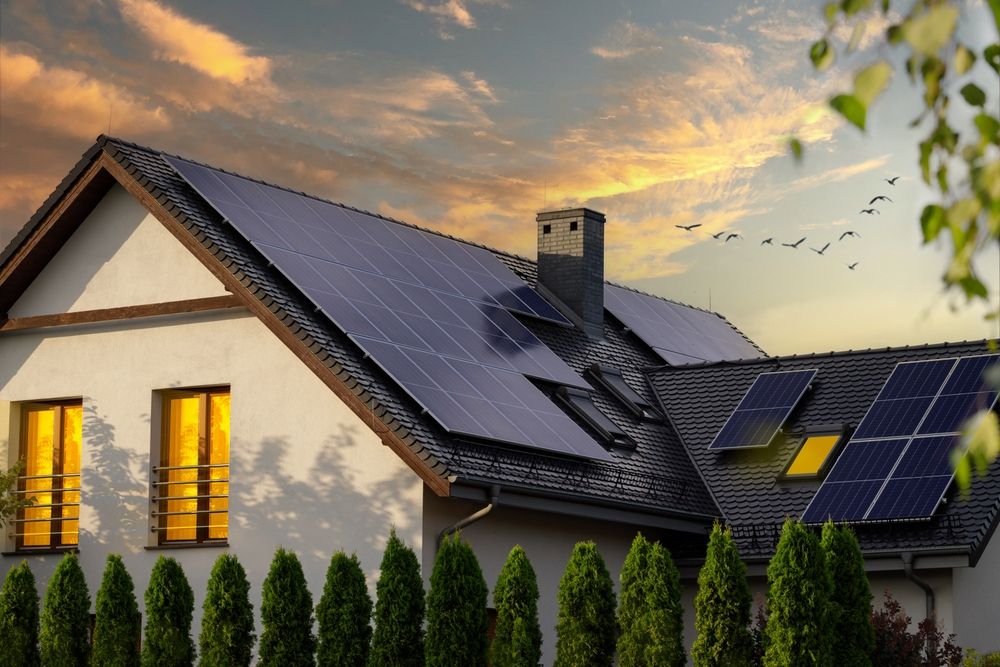
- Integration of Technology: Technology is revolutionizing the architectural design process, enabling architects to explore innovative design solutions and enhance building performance. From virtual reality simulations to parametric design tools, technology empowers architects to visualize and analyze complex spatial configurations, resulting in more efficient and cost-effective designs. The emergence of smart buildings equipped with IoT sensors and automation systems further underscores the transformative potential of technology in architecture.

- Minimalism and Functional Design: In an age of sensory overload, minimalist architecture offers a respite from clutter and complexity. Characterized by clean lines, open spaces, and a focus on functionality, minimalist design emphasizes simplicity and elegance. Architects are embracing minimalist principles to create timeless and understated buildings that prioritize user experience and spatial efficiency.
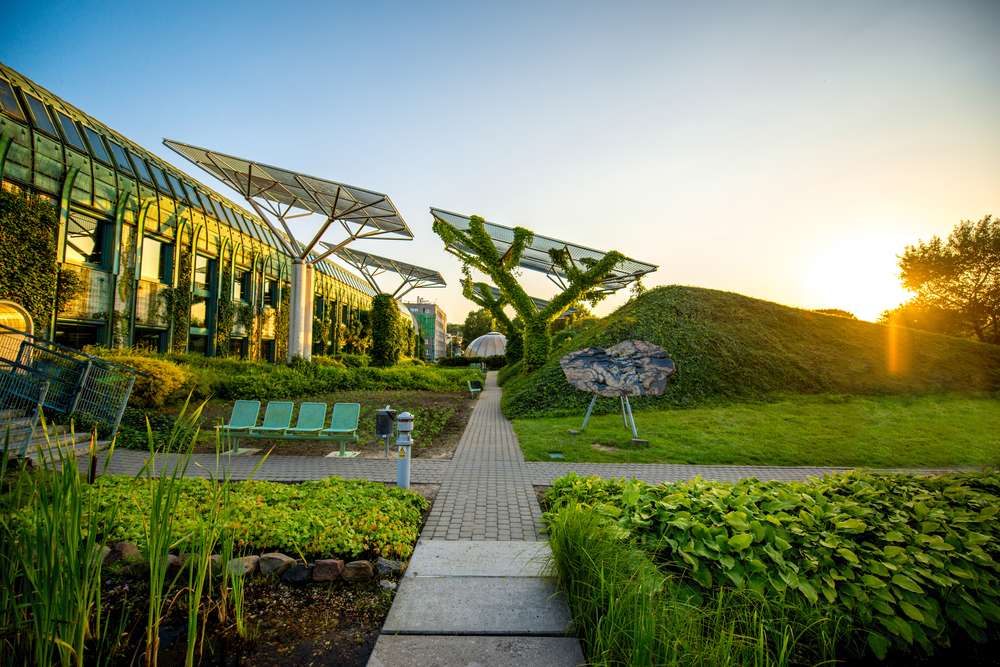
- Biophilic Design and Connection to Nature: Biophilic architecture seeks to reconnect occupants with the natural world by incorporating elements of nature into the built environment. From abundant natural light and indoor greenery to views of the surrounding landscape, biophilic design promotes health, well-being, and productivity. By blurring the boundaries between indoor and outdoor spaces, architects create environments that foster a sense of harmony and tranquility.
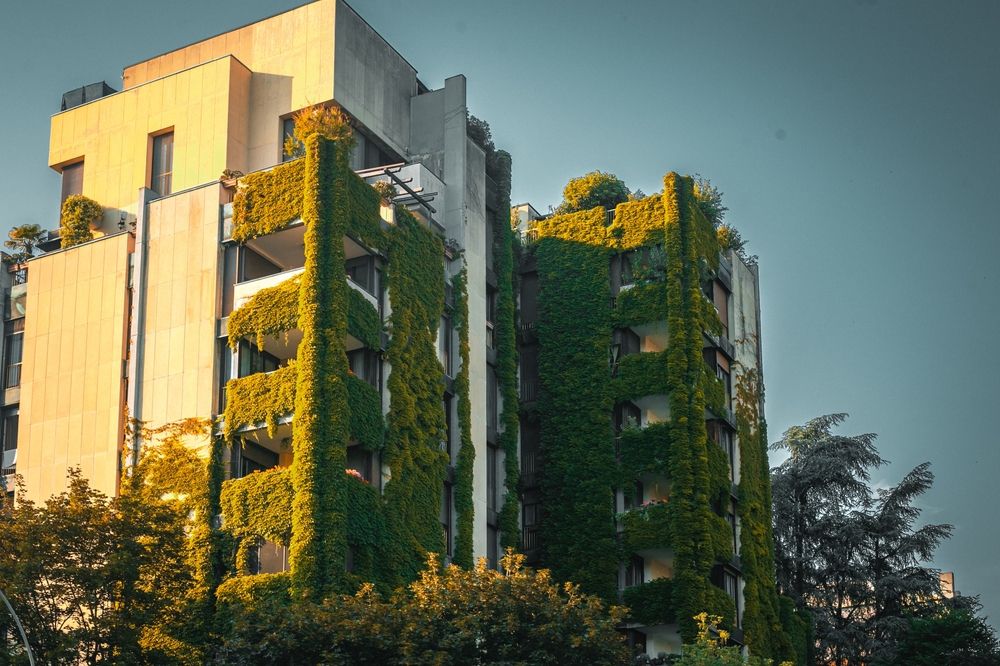
- Adaptive Reuse and Preservation: In an era of urbanization and rapid development, adaptive reuse offers a sustainable alternative to demolition and new construction. Architects are repurposing existing structures such as warehouses, factories, and historic buildings to meet contemporary needs while preserving architectural heritage. By breathing new life into old buildings, adaptive reuse projects contribute to the revitalization of urban neighborhoods and promote sustainable urban development.
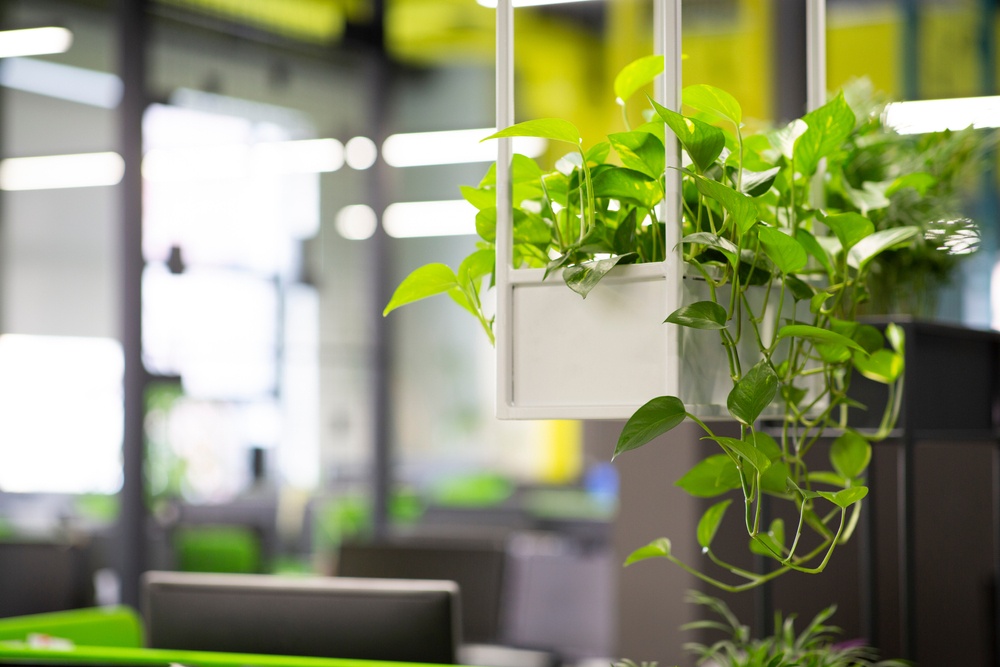
Conclusion
It’s evident that the field of architecture is undergoing a period of profound transformation. From sustainable practices to technological innovations, architects are pushing the boundaries of creativity and reimagining the possibilities of the built environment.
If you’re embarking on a journey to design your dream space or contemplating a renovation project, now is the time to harness the power of architectural innovation. At Designs Boss, we’re passionate about helping our clients bring their vision to life and create spaces that inspire and delight. Talk To us!!
Latest

What Makes a Good Architectural University
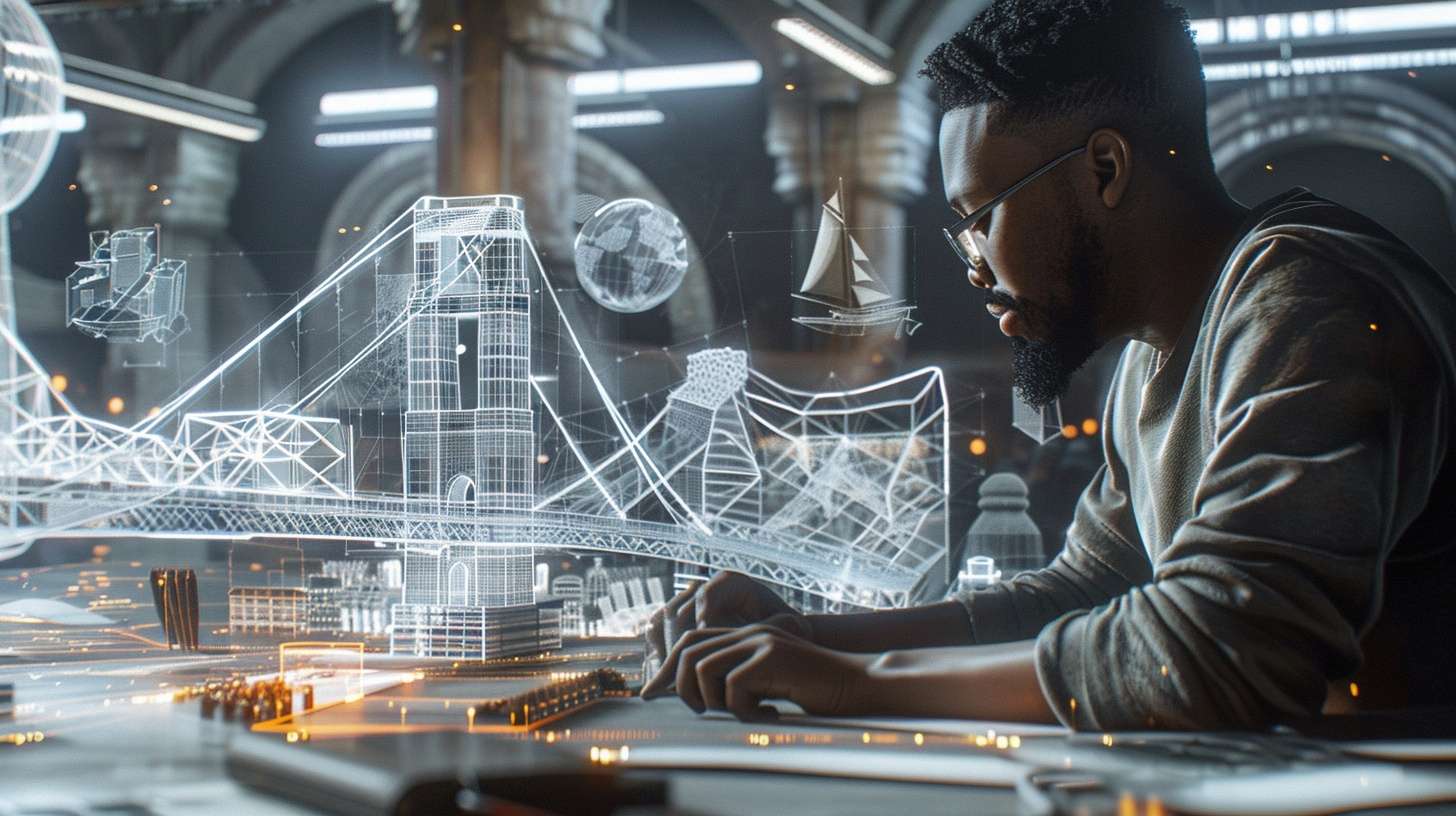
What Are The Most Beautiful Bridges Ever Designed
